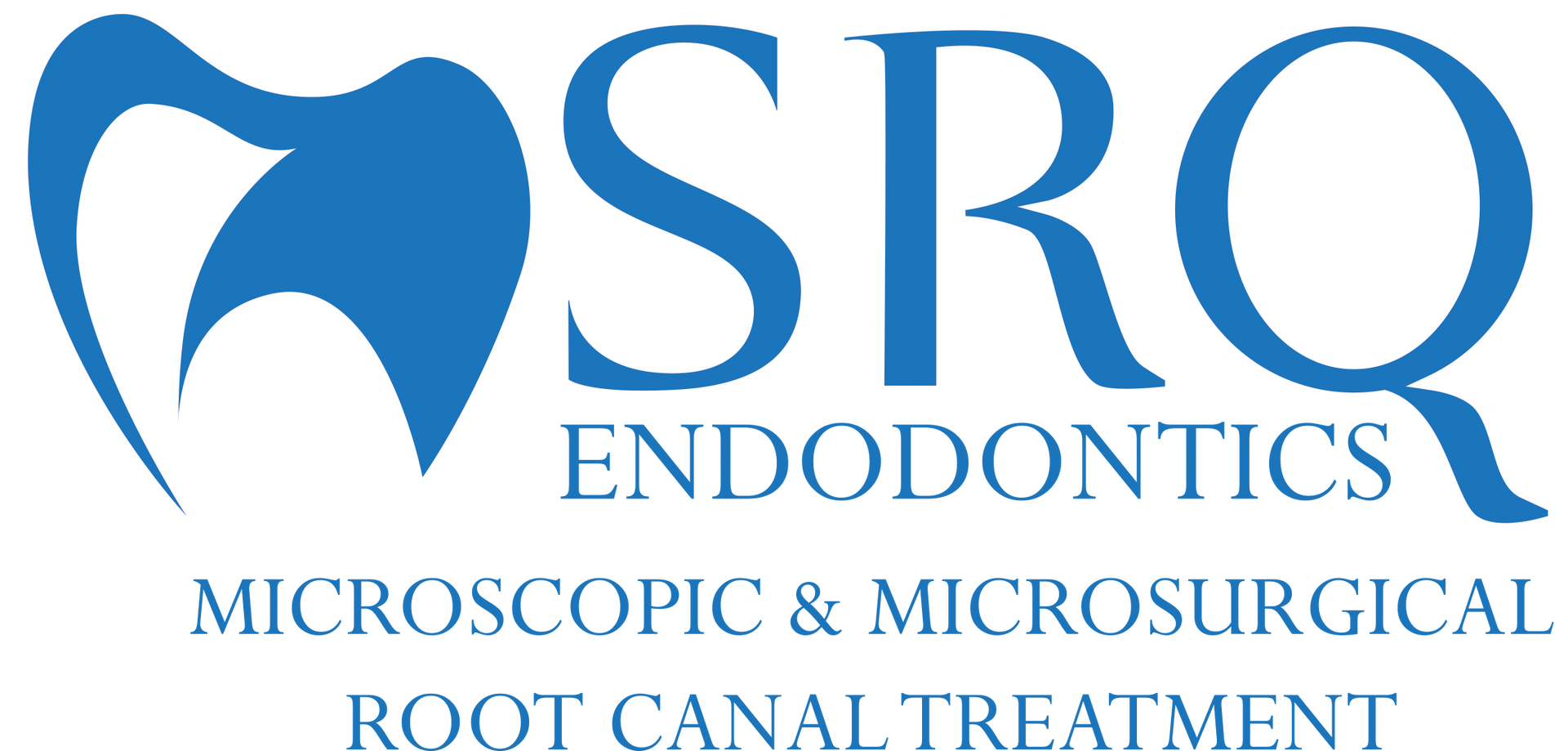Endodontic Case Assessment & Treatment Planning
Endodontic Case Assessment
Advances in the understanding of endodontic pathosis, aseptic technique, and principles of canal preparation and obturation have led to significantly increased and predictable healing rates for endodontic treatment—95% and higher under ideal conditions (Salehrabi R, Rotstein I. J Endod. 2004 Dec;30(12):846-50). However, the treatment must be delivered in a predictable manner by the treating practitioner to optimize the healing potential. The AAE has developed practical tools to help every dentist overcome case assessment pitfalls:
- Endodontic Case Difficulty Assessment Article (PDF File, 587KB) This newsletter discusses endodontic treatment planning, case assessment and referral from a specialist’s perspective.
- Reading List (PDF File, 48KB) A comprehensive list of references supporting the topic of case assessment and referral.
- AAE Case Difficulty Assessment Form and Guidelines (PDF File, 411KB) The Assessment Form enables a practitioner to assign levels of difficulty to a particular case by assessing risk factors that may affect the outcome of treatment. The form may also be used to assist with referral decision making and record keeping.
- Educator’s Guide to Using the AAE Endodontic Case Difficulty Assessment Form (PDF File, 44KB) This guide is designed to assist educators in teaching predoctoral dental students objective evaluation and decision-making skills in endodontics.
- Forging Effective Alliances for Quality Patient Care (PDF File, 127KB) This article discusses the value of effective referral relationships.
Treatment Planning Options
Tough cases don’t have to mean extracted teeth—many endodontic treatments can save the natural tooth for a lifetime! The AAE Treatment Options for the Compromised Tooth: A Decision Guide helps you evaluate a variety of conditions using:
- Case examples with radiographs and clinical photographs
- Clinical considerations
- Guidance for successful outcomes based on prognosis
General dentists who have used the Guide find that it is a good reference. “The Treatment Options Guide is great because it includes so many examples of successful endodontics and healing teeth,” said Mark Mensh, D.M.D., Mays Landing, N.J. “It’s a good reminder of how to work with my endodontist to save patients’ natural teeth whenever possible, and it makes it easier to explain some of the more difficult cases to my patients.”
Use the Guide to assess all possible endodontic treatment options before recommending extraction of the natural tooth, and consult with your endodontist partner to develop treatment plans that could save the natural dentition. Endodontists and dentists are partners in delivering optimal dental patient care.
Download the new edition of Treatment Options for the Compromised Tooth: A Decision Guide (PDF File, 2.72 MB)

